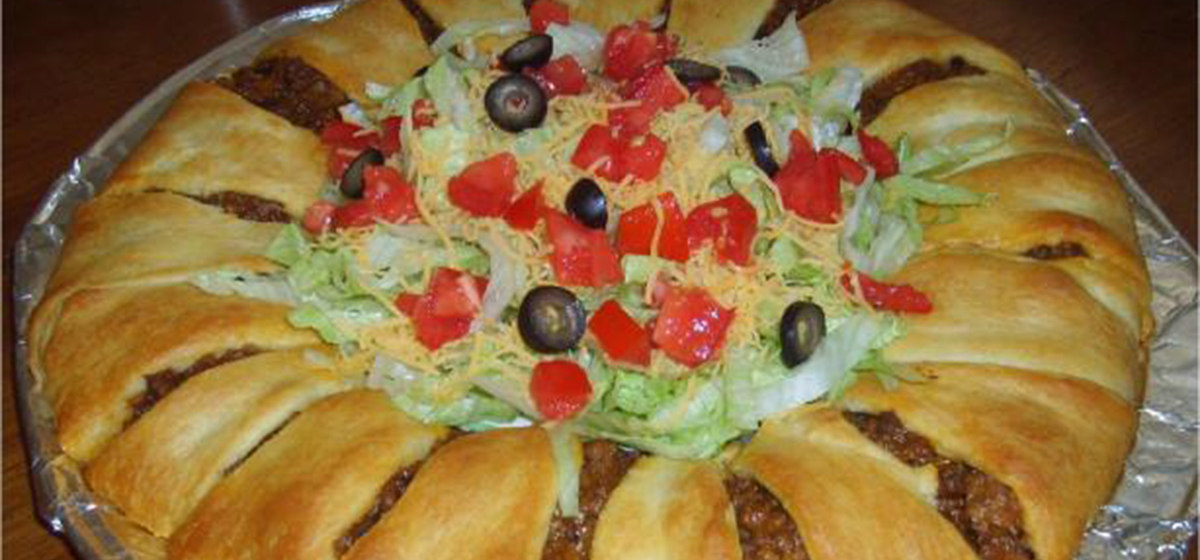
While numerous companies offer DNA kits for genetic testing, there are some differences in the types of tests and reports of results available. Genealogy-focused Ancestry.com has a test which focuses more on the recent past, where your ancestors lived hundreds or perhaps thousands of years ago. Testing won’t be able to tell you whether someone famous was a cousin, because most genes are shared broadly across humanity. 23andMe is medically focused, looking for about 100 genetic markers related to congenital diseases. One of the largest genetic databases belongs to The Genographic Project, which was launched by the National Geographic Society in 2005.
In the first phase of the project, almost half a million people in more than 130 countries participated, providing an unprecedented view of the human story, and specializing in looking to the origins of modern humans in Africa more than 100,000 years ago. This involved field researchers at 11 regional centers around the globe collecting DNA samples from indigenous populations, as well as consumers participating through the purchase of self-testing kits. Anyone in the world can order a kit with which a mouth scraping (buccal swab) is obtained and analyzed, and the information is placed on an Internet-accessible database. In this phase of testing, participants could trace either their maternal or paternal results, but not both.
In the second phase with the new Geno 2.0 test, nearly 150,000 genetic markers from across the entire genome are examined, an exponential leap from the technology involved in earlier testing. As of 2014, some 700,000 people had contributed their DNA for analysis. The project is a privately-funded, not-for-profit collaboration between the National Geographic Society, IBM, and the Waitt Foundation. Advances in technology and the reducing cost of DNA testing has made wide participation in these DNA type research projects attractive for those wishing to know more about their past. The new testing method was designed in a collaborative effort by Dr. Eran Elhaik of Johns Hopkins, Dr. Spencer Wells of National Geographic (see inset), Family Tree DNA, and Illumina. The test classifies individuals by assessing their proportions of genomic ancestry related to nine ancestral regions: Northeast Asian, Mediterranean, Southern African, Southwest Asian, Oceanian, Southeast Asian, Northern European, Sub-Saharan, African, and Native American.

For my family testing, we chose to participate in The Genographic Project through National Geographic. The test kit was $199. My spouse and I chose to submit a sample from our teenage son, in order to capture DNA from both sides of our family tree. When we retrieved our results, here is some of the information we gained.

For our family sample, the regional recent generations result was 41% Northern European, 39% Mediterranean, and 19% Southwest Asian. This makes our first reference population German. Our ratio most closely resembles the indigenous population of Germany, whose ratio is 46% Northern European, 36% Mediterranean, and 17% Southwest Asian. While our report is careful to point out that the results don’t necessarily mean that we belong to this group or are directly from this region, I have to say the results fit in with some information that was already known from family history. I have a maternal great-grandparent who was full German. On my paternal side, the family surname Altom(ALL-tum, commonly mispronounced locally as AL-tum) fits German pronunciation, and my daughter observed when she recently studied in Germany for a semester that everyone there pronounced the name correctly! The genealogical guru of my wife’s family, Nancy Page of Madisonville, assures us both sides of her family trace back to the northern European nation of Great Britain. Our second reference population was Tuscan (Italy), whose ratio is 54% Mediterranean, 28% Northern European, and 17% Southwest Asian.
As technology continues to advance and the samples involved in the various studies and projects increase in number, the information which we can gain from participating in such studies will undoubtedly continue to expand as well. It is exciting to connect with others on new levels. It helps to expand horizons, eliminate or minimize barriers, and promote a greater appreciation of cultures which seemed to be foreign but, in reality, may be a part of our own…or even our common…heritage. It’s a small world, after all.
For more information about the National Geographic Society’s The Genographic Project, go to genographic.com.



